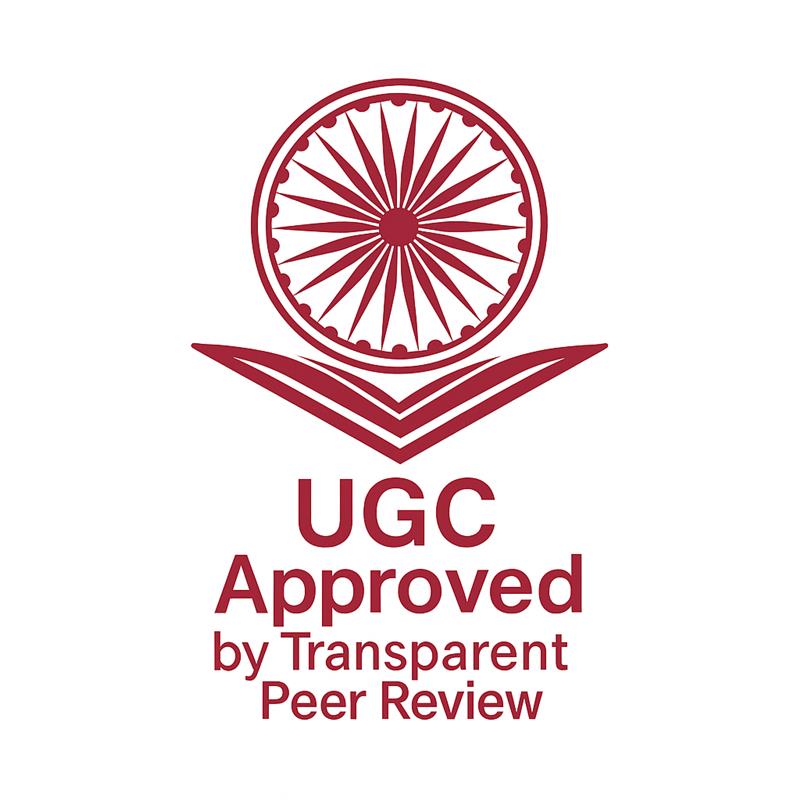Paper Title
A STUDY OF SAVINGS AND INVESTMENT OF DELHI NCR WOMEN DURING PANDEMIC
Article Identifiers
Authors
Keywords
Behavior savings investment
Abstract
It is believed that the qualitative survey question accurately assesses the danger of an investment. It predicts real risk-taking behaviours in the trial even after evaluating precise, quantifiable qualities. It is important to note that, despite the fact that current research on gender differences in financial risk behaviour employs a variety of methodologies and strategies, it almost always comes to the same conclusion: Female members of society are significantly more cautious investors than male counterparts. There aren't many studies that specifically discuss women's investing habits. Women who want to achieve financial independence when they retire or maintain mortgaged homes when they pass away run the risk of not having the resources to do so if no personal financial planning has been done. In 40% of American households with children under the age of 18, women are the only or main providers, and married mothers have steadily higher levels of education than their spouses (Pew Research Centre, 2013). Fisher (2010) used information from the Consumer Finance Survey (SCF) from 2007 to investigate gender differences in personal savings behavior. 1171 individuals in total were included in the research. The study's sample set included both married and single people. To get a complete picture of the individual who makes investment decisions, this criterion was developed. As statistical techniques, the Liquidity Ratio test and logistic regression analysis were used. The independent variables included age, salary, risk tolerance, preferences, and consumption needs. A low risk tolerance group and a medium risk tolerance group were created from the respondents. In terms of risk tolerance distribution, men and women differed significantly from one another. The study's focus is on socioeconomic and demographic factors, as well as the investing possibilities that women have chosen. Women across the country suffer comparable gender discrimination issues, although their demographics, culture, and cultural factors differ. When it comes to saving and investing, a person's gender has a significant impact on his or her behavior. Earnings and investing have always been male domains in India. The function of the female in financial decision-making has been reduced to that of maintaining household finances.
Downloads
How To Cite (APA)
SWAPNIKA SINGH (April-2023). A STUDY OF SAVINGS AND INVESTMENT OF DELHI NCR WOMEN DURING PANDEMIC. INTERNATIONAL JOURNAL OF NOVEL RESEARCH AND DEVELOPMENT, 8(4), 498-539. https://ijnrd.org/papers/IJNRDTH00029.pdf
Issue
Volume 8 Issue 4, April-2023
Pages : 498-539
Other Publication Details
Paper Reg. ID: IJNRD_193286
Published Paper Id: IJNRDTH00029
Downloads: 000122035
Research Area: Management
Author Type: Indian Author
Country: Lucknow, Uttar Pradesh, India
Published Paper PDF: https://ijnrd.org/papers/IJNRDTH00029.pdf
Published Paper URL: https://ijnrd.org/viewpaperforall?paper=IJNRDTH00029
About Publisher
Journal Name: INTERNATIONAL JOURNAL OF NOVEL RESEARCH AND DEVELOPMENT(IJNRD)
UGC CARE JOURNAL PUBLICATION | ISSN: 2456-4184 | IMPACT FACTOR: 8.76 Calculated By Google Scholar | ESTD YEAR: 2016
An International Scholarly Open Access Journal, Peer-Reviewed, Refereed Journal Impact Factor 8.76 Calculate by Google Scholar and Semantic Scholar | AI-Powered Research Tool, Multidisciplinary, Monthly, Multilanguage Journal Indexing in All Major Database & Metadata, Citation Generator
Publisher: IJNRD (IJ Publication) Janvi Wave | IJNRD.ORG | IJNRD.COM | IJPUB.ORG
Copyright & License
© 2025 — Authors hold the copyright of this article. This work is licensed under a Creative Commons Attribution 4.0 International License. and The Open Definition.
You are free to share, adapt, and redistribute the material, provided proper credit is given to the original author. 🛡️ Disclaimer: The content, data, and findings in this article are based on the authors’ research and have been peer-reviewed for academic purposes only. Readers are advised to verify all information before practical or commercial use. The journal and its editorial board are not liable for any errors, losses, or consequences arising from its use.

Publication Timeline
Article Preview: View Full Paper
Call For Paper
IJNRD is a Scholarly Open Access, Peer-Reviewed, Refereed, and UGC CARE Journal Publication with a High Impact Factor of 8.76 (calculated by Google Scholar & Semantic Scholar | AI-Powered Research Tool). It is a Multidisciplinary, Monthly, Low-Cost, and Transparent Peer Review Journal Publication that adheres to the UGC CARE 2025 Peer-Reviewed Journal Policy and aligns with Scopus Journal Publication standards to ensure the highest level of research quality and credibility.
IJNRD offers comprehensive Journal Publication Services including indexing in all major databases and metadata repositories, Digital Object Identifier (Crossref DOI) assignment for each published article with additional fees, citation generation tools, and full Open Access visibility to enhance global research reach and citation impact.
The INTERNATIONAL JOURNAL OF NOVEL RESEARCH AND DEVELOPMENT (IJNRD) aims to advance applied, theoretical, and experimental research across diverse academic and professional fields. The journal promotes global knowledge exchange among researchers, developers, academicians, engineers, and practitioners, serving as a trusted platform for innovative, peer-reviewed journal publication and scientific collaboration.
Indexing Coverage: Google Scholar, SSRN, ResearcherID-Publons, Semantic Scholar (AI-Powered Research Tool), Microsoft Academic, Academia.edu, arXiv.org, ResearchGate, CiteSeerX, ResearcherID (Thomson Reuters), Mendeley, DocStoc, ISSUU, Scribd, and many other recognized academic repositories.
How to submit the paper?
By Our website
Click Here to Submit Paper Online
You can now publish your research in IJNRD. IJNRD is a Transparent Peer-Reviewed Open Access Journal Publication (Refereed Journal), aligning with New UGC and UGC CARE recommendations.
For more details, refer to the official notice: UGC Public Notice
Submit Paper Online
Important Dates for Current issue
Paper Submission Open For: November 2025
Current Issue: Volume 10 | Issue 11 | November 2025
Impact Factor: 8.76
Last Date for Paper Submission: Till 30-Nov-2025
Notification of Review Result: Within 1-2 Days after Submitting paper.
Publication of Paper: Within 01-02 Days after Submititng documents.
Frequency: Monthly (12 issue Annually).
Journal Type: IJNRD is an International Peer-reviewed, Refereed, and Open Access Journal with Transparent Peer Review as per the new UGC CARE 2025 guidelines, offering low-cost multidisciplinary publication with Crossref DOI and global indexing.
Subject Category: Research Area
Call for Paper: More Details
Approval, Licenses and Indexing: More Details

 :
: 




